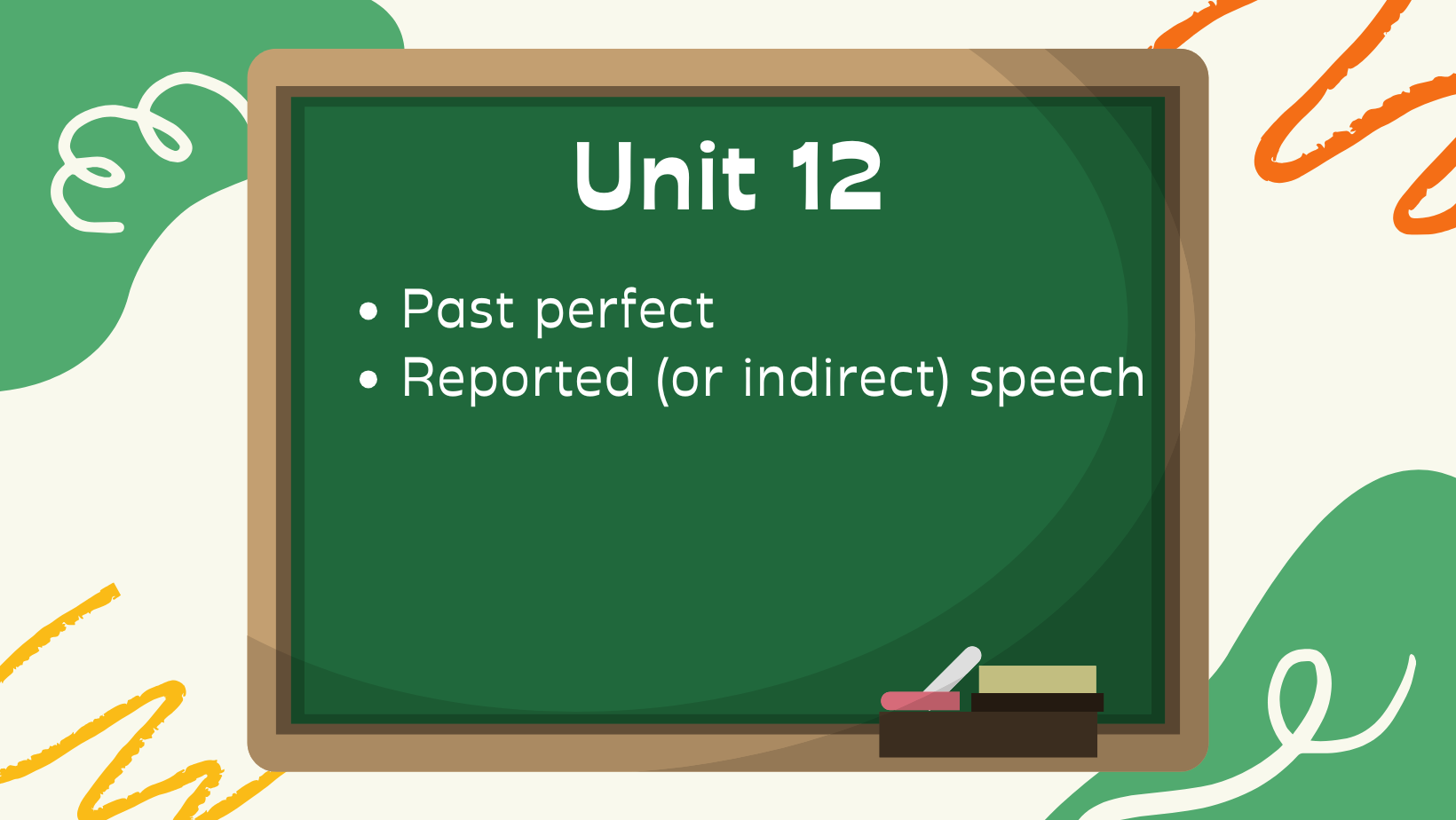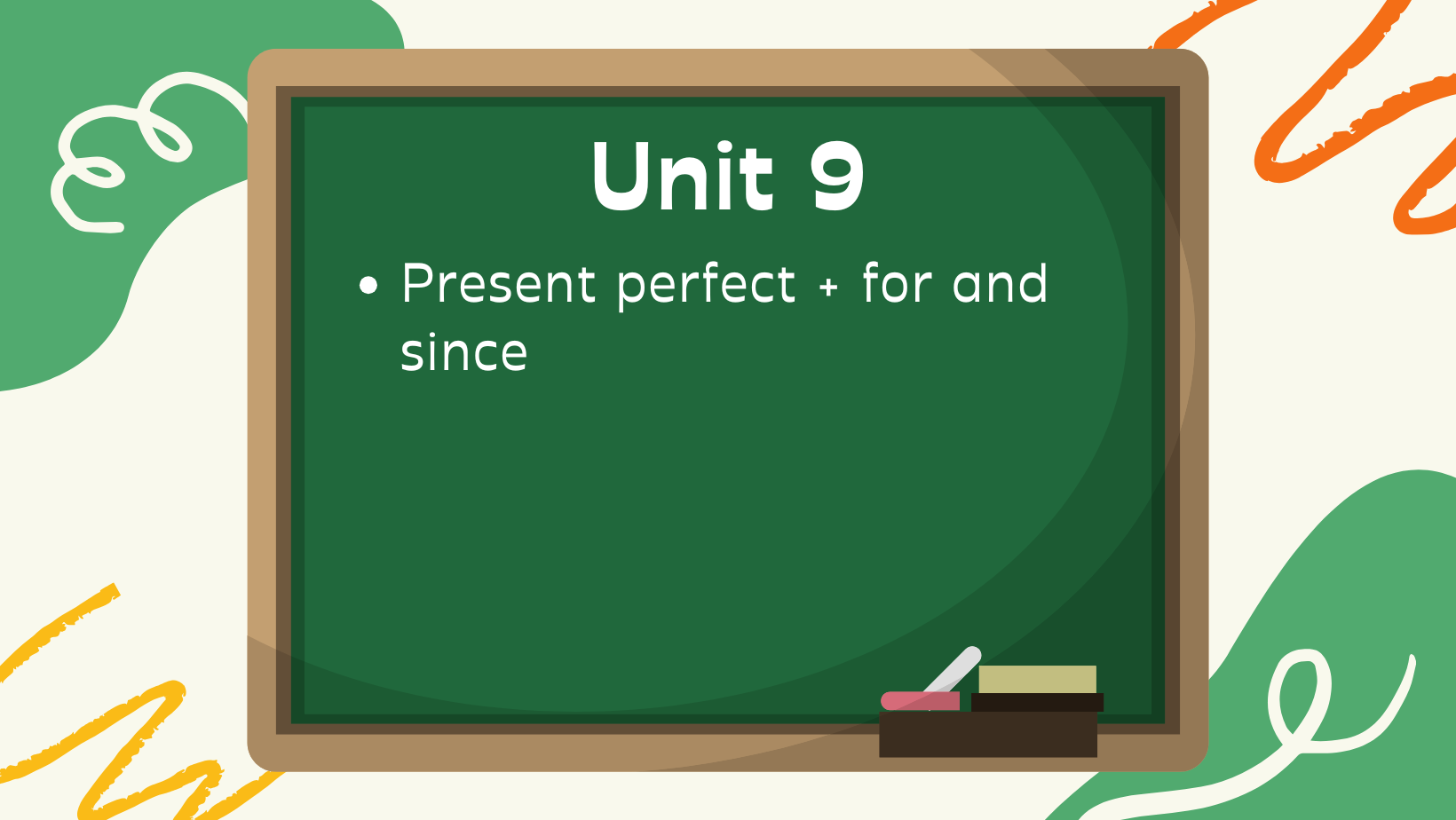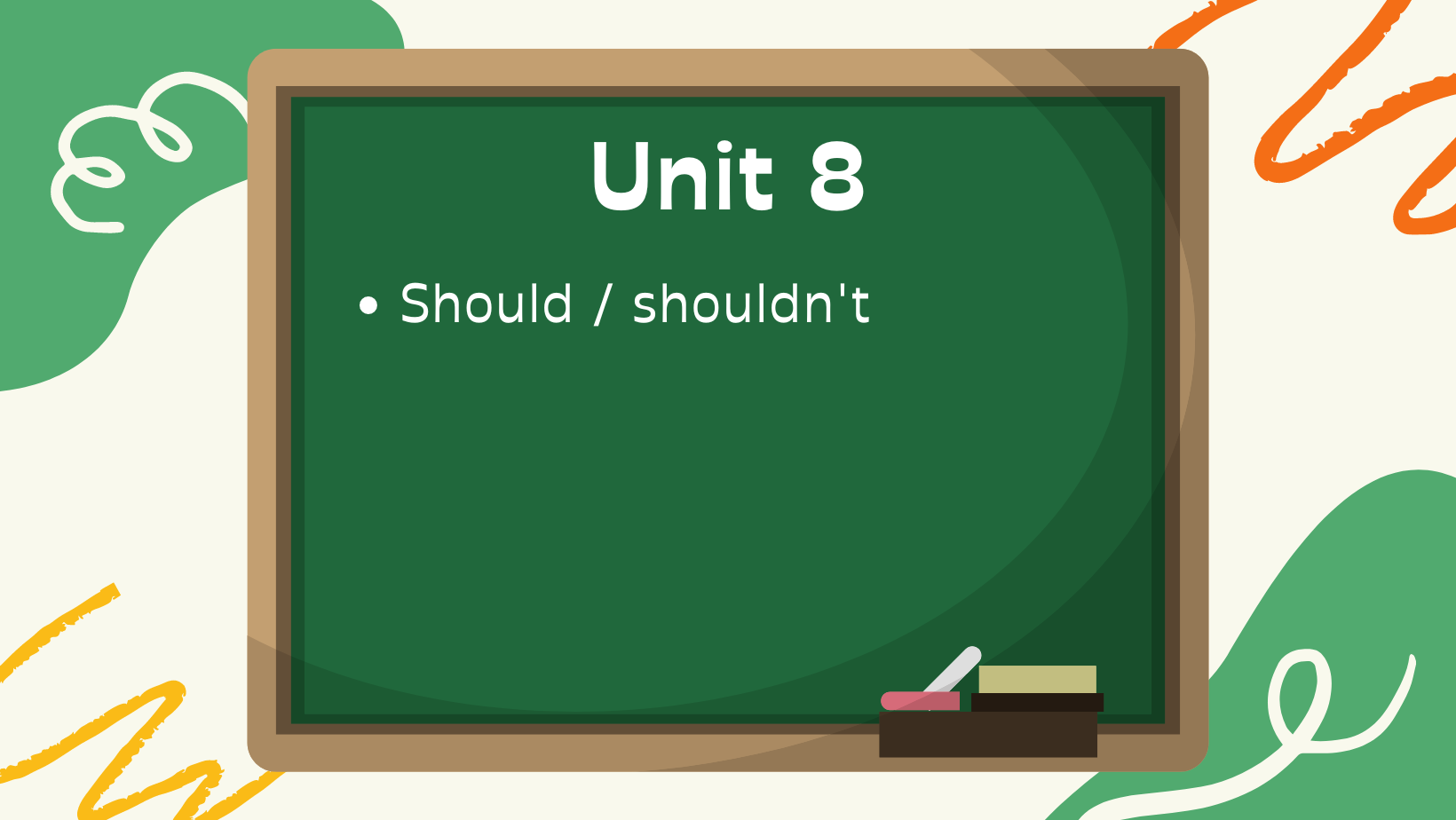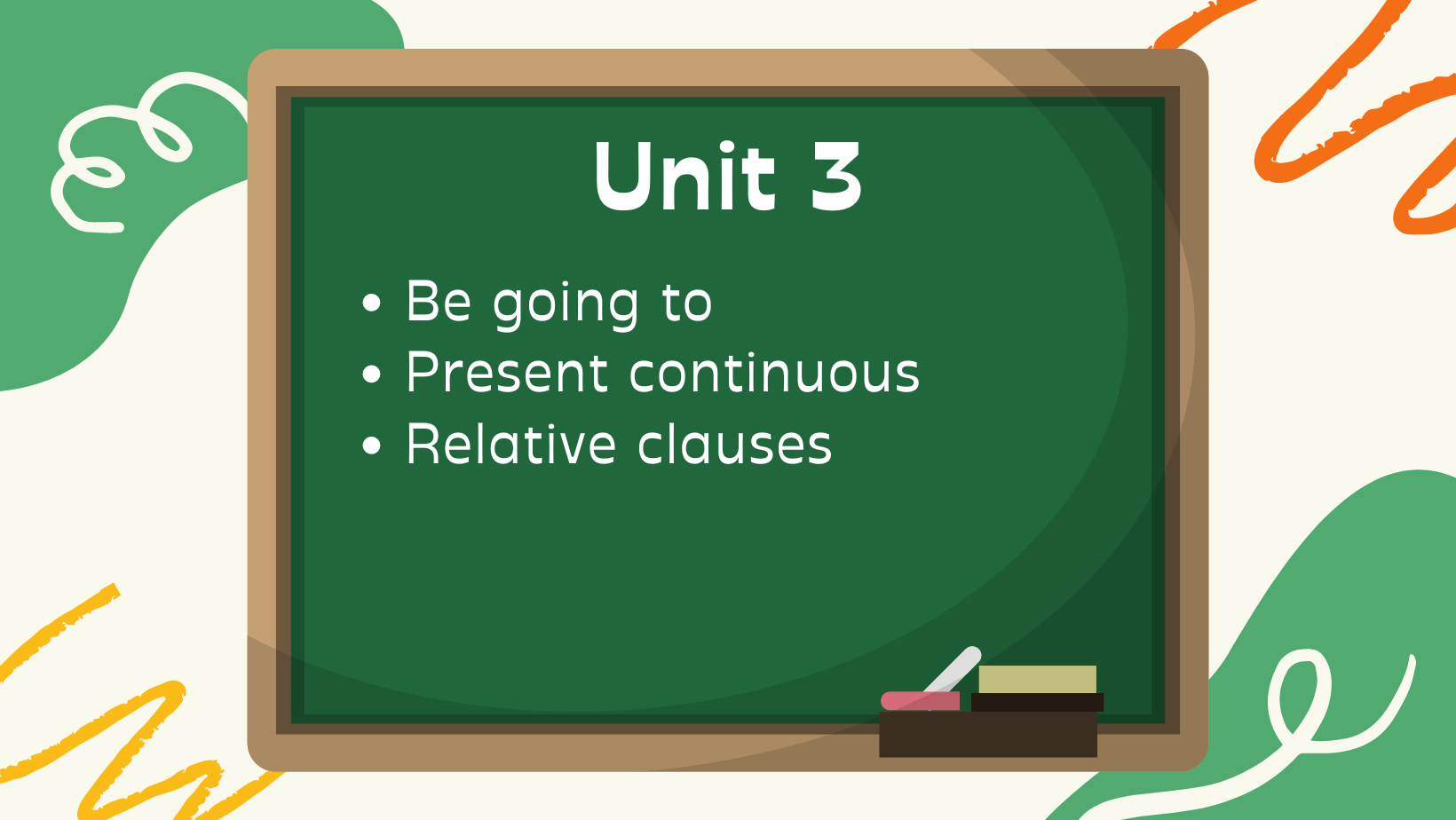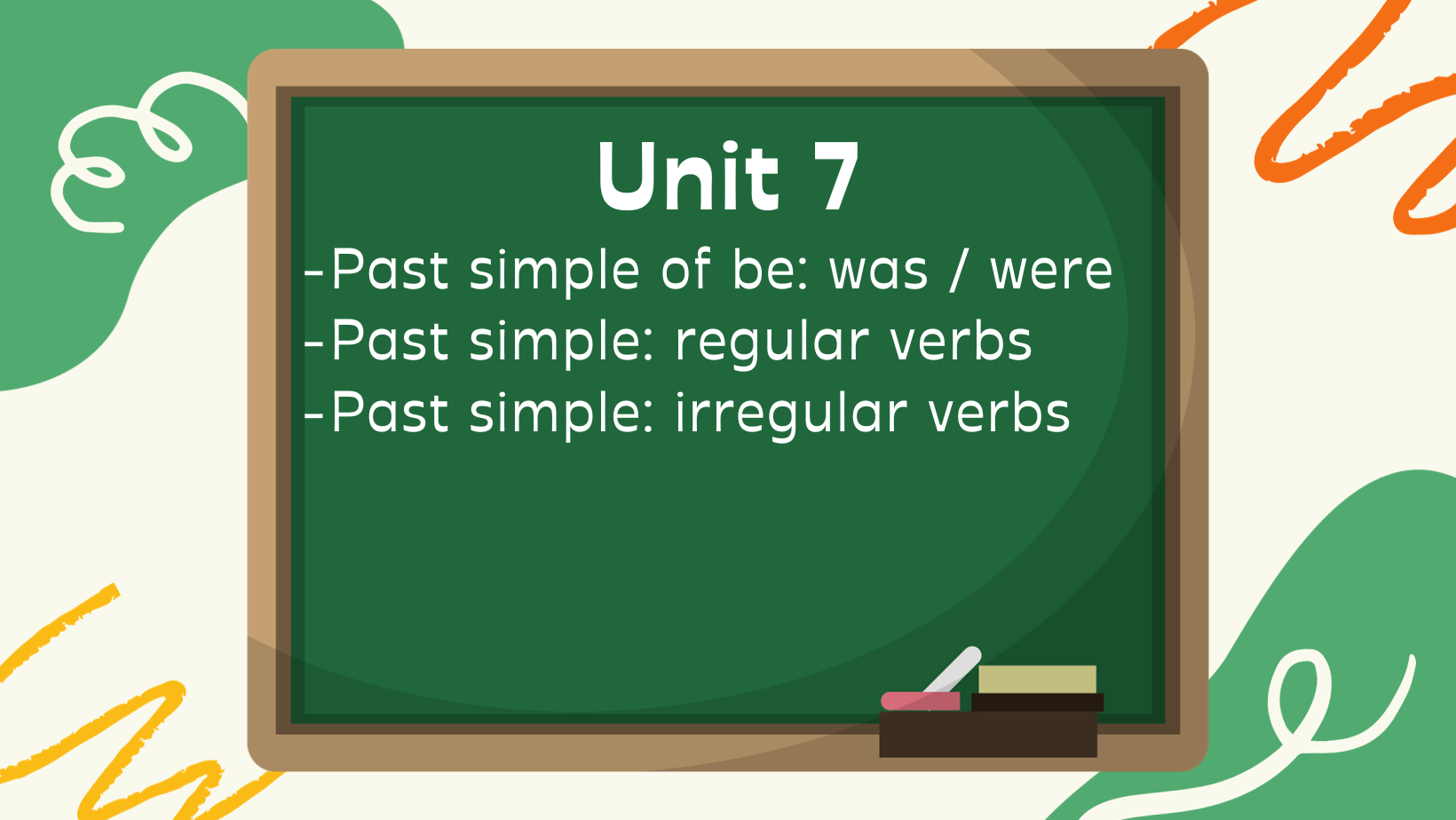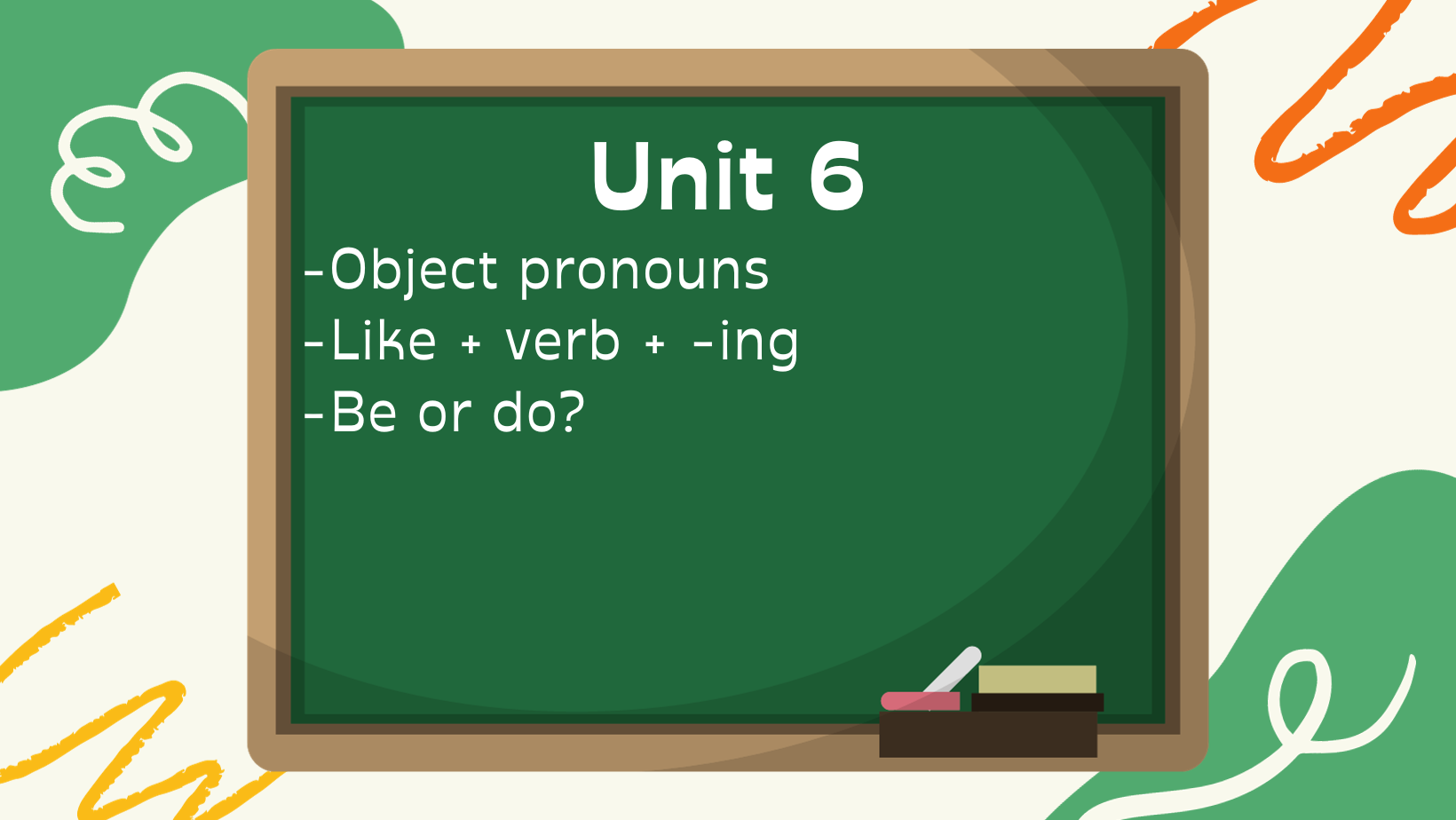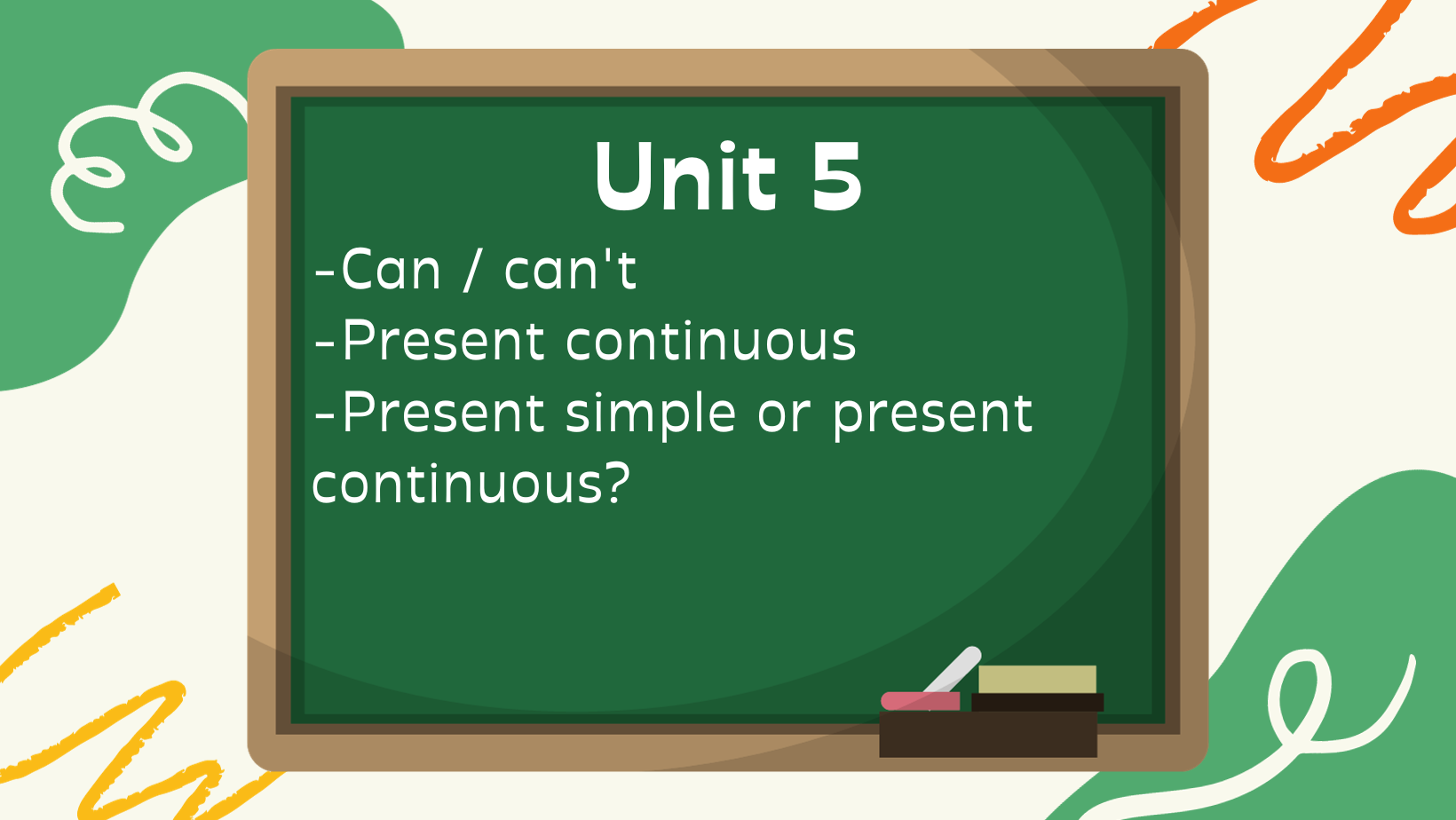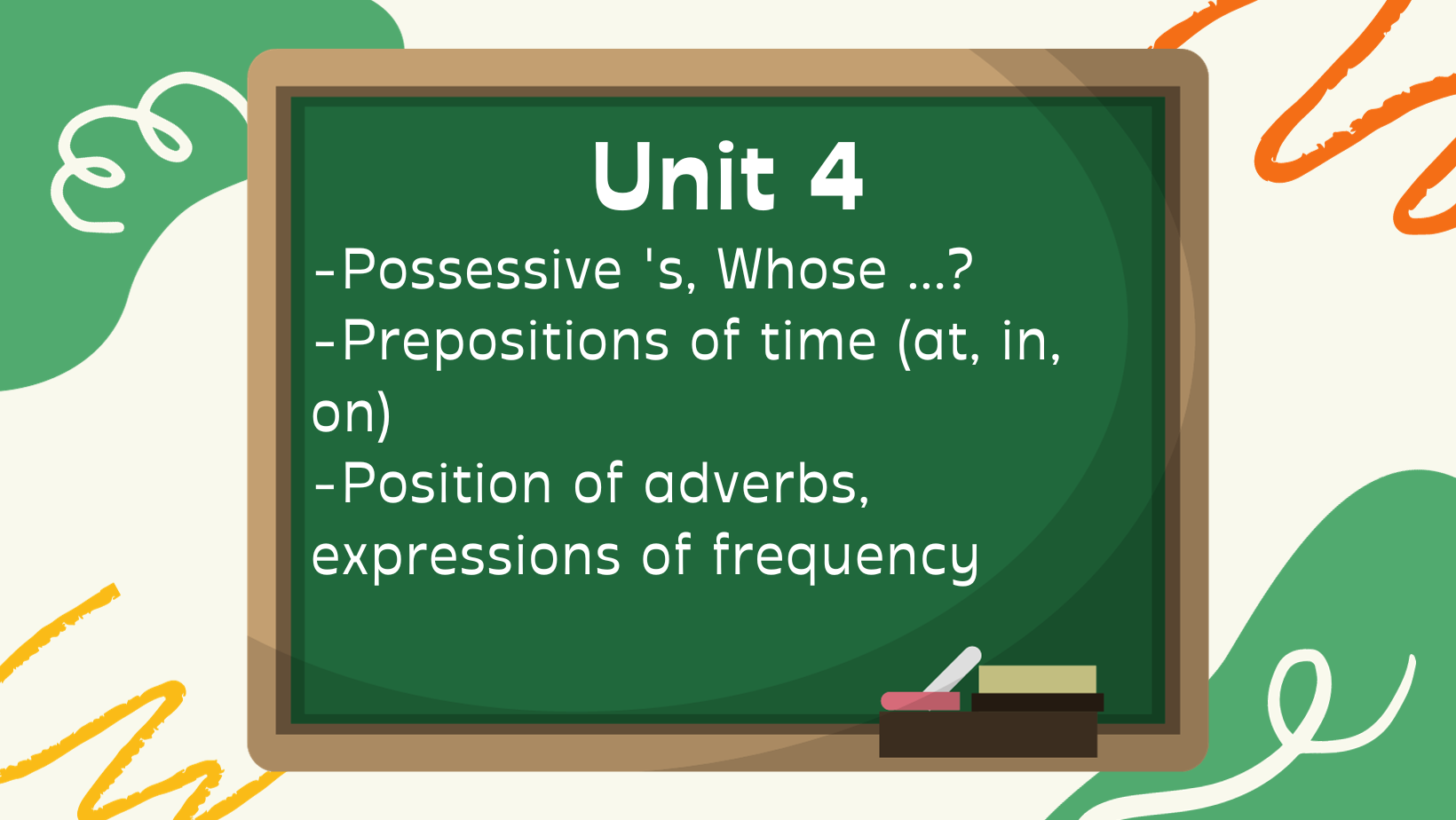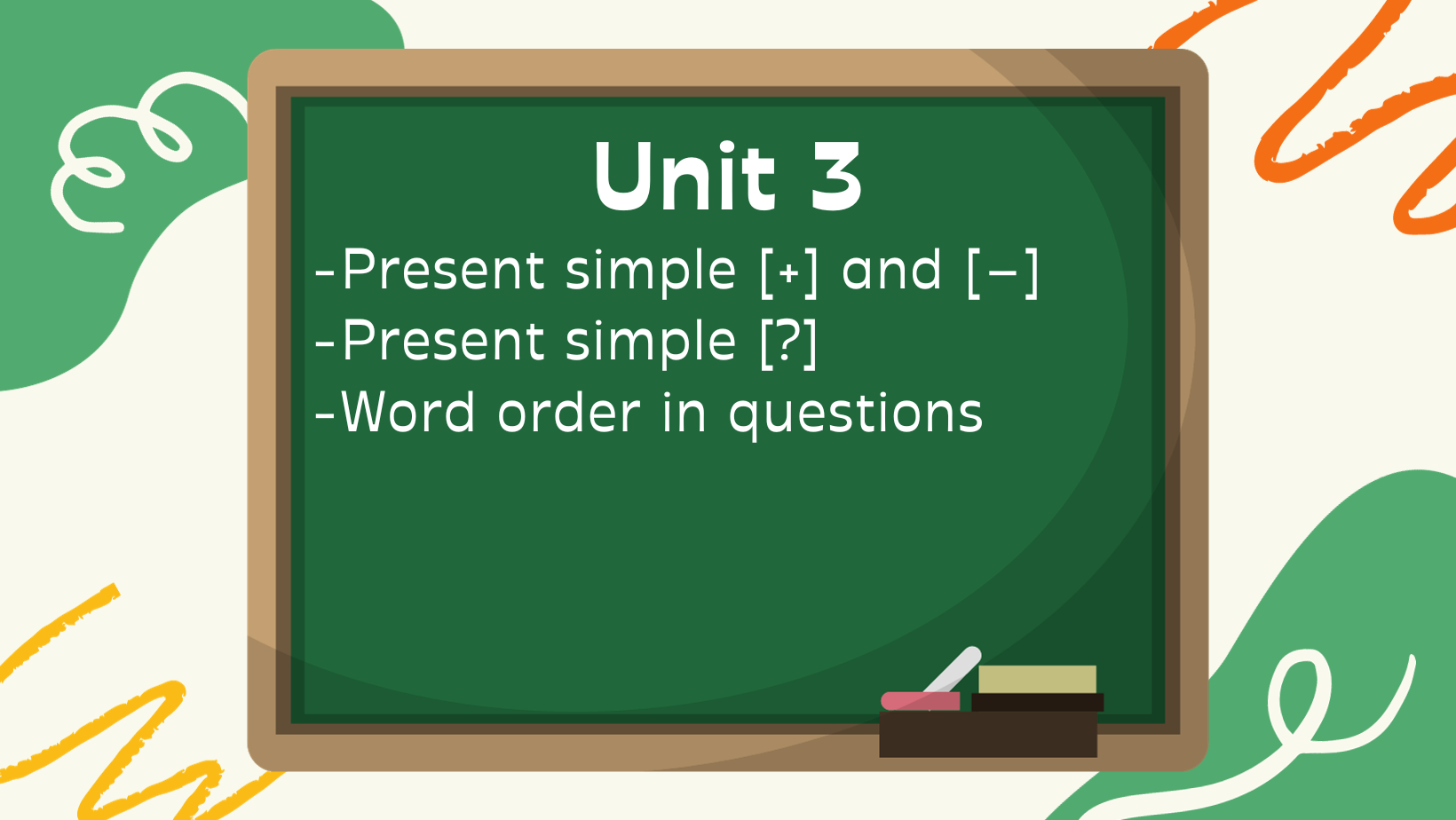Unit 1
Word order in questions
Questions with be and can
EXAMPLES
Are you hungry?
Is there a bank near here?
Can I sit here?
What was that noise?
Where were you born?
FORM
- We make questions with the verb be and can by inverting the verb and the subject.
She is a teacher. → Is she a teacher?
He can drive. → Can he drive?
Questions with do / does / did in present simple and past simple
EXAMPLES
Do you live with your parents?
Did you have a holiday last year?
Where does your sister work?
When did you start studying English?
What did they talk about?
FORM
- You can use ASI (Auxiliary, Subject, Infinitive) or QUASI (Question word, Auxiliary, Subject, Infinitive) to remember word order in questions. If there's a preposition, we often put it at the end of the question, e.g. Who do you live with?
Present simple
EXAMPLES
I / you / we / they
[+] I usually work at home.
[–] My parents don't live near here.
[?] Do you speak French?
[✓] Yes, I do. [✗] No, I don't.
he / she / it
[+] My brother works in the city centre.
[–] It doesn't often rain here.
[?] Does he like pop music?
[✓] Yes, he does. [✗] No, he doesn't.
FORM
We use the present simple for things we do every day / week / year, or which are generally true or always happen.
We use don’t / doesn’t in negative sentences, and do / does in questions.
SPELLING RULES
work works add -s
study studies consonant + y ➞ ies
finish finishes add -es after ch, s, sh, x
go / do goes / does add -es
have has change to -s
Adverbs and expressions of frequency
EXAMPLES
- We often go out on Friday night.
She doesn't usually study at weekends.
I'm never ill.
He's always late for work. - She gets up early every day.
We have English classes twice a week.
FORM
- We often use the present simple with adverbs of frequency (always, often, sometimes, usually, hardly ever, never).
- Adverbs of frequency go before the main verb.
- Adverbs of frequency go after be. She’s never ill. NOT She’s ill never.
- Remember to use a [+] verb with never. It never rains. NOT It doesn’t never rain.
- Expressions of frequency (every day, once a week, etc.) usually go at the end of a sentence.
Present continuous: be + verb + -ing
EXAMPLES
- A What are you doing?
B I'm sending a message to Sarah. - My brother is doing a two-month course in the UK.
- In this picture the woman is standing near a table.
FORM
- We use the present continuous:
- for things happening now, at this moment.
- for temporary things that are happening around now, this week, etc.
- to describe what's happening in a picture.
[+]
I ’m working
you / we / they ’re working
he / she / it ’s working
[–]
I ’m not working
you / we / they aren’t working
he / she / it isn’t working
[?] [✓] / [✗]
Are you working? Yes, I am. / No, I ’m not.
Is he working? Yes, he is. / No, he isn’t.
SPELLING RULES
cook → cooking, study → studying add -ing
live → living cut the final e and add -ing
run → running if verb finishes in consonant-vowel-consonant, double the final consonant and add -ing.
Lessons
